Naipes Porteño by C. Della Penna S.A.C.I., c.1950
Naipes Porteño Spanish-suited playing cards manufactured by C. Della Penna S.A.C.I., Buenos Aires, c.1950.

Naipes PORTEÑO Spanish-suited playing cards manufactured by C. Della Penna S.A.C.I., Buenos Aires, c.1950
Naipes Porteño was one of Della Penna's leading brands of Spanish-suited playing cards, alongside Naipes Inca. It was produced in successive editions until the company was taken over in 1978. The brand name appears to have been registered in 1944, however it is not known whether it was already being published before this date. Over the years the logo on the four of cups changed. Earlier editions show the Palacio del Congreso, as seen on this page, but sometime during the 1960s it changed to a view of Buenos Aires port, perhaps to differentiate from "Naipes Congreso".
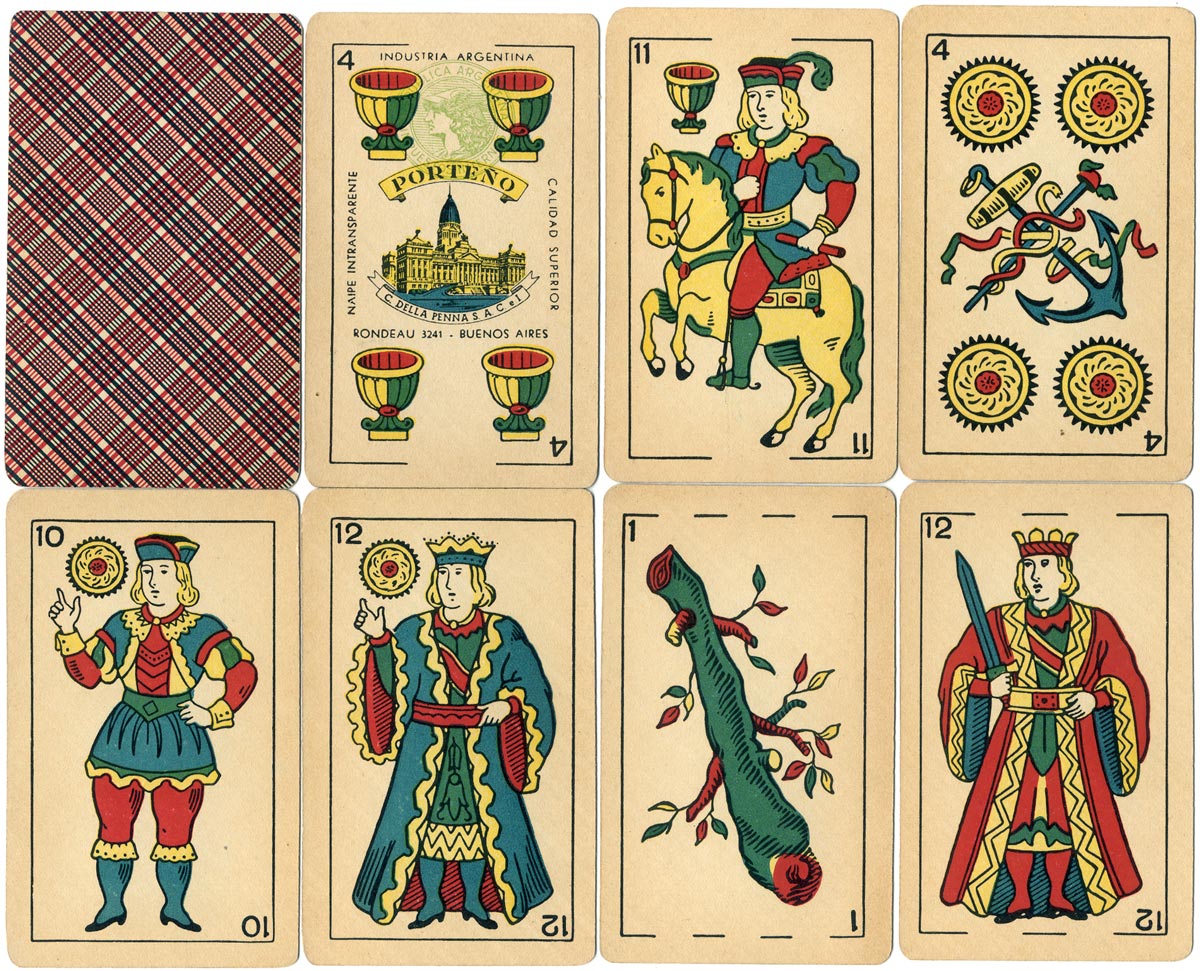
Above: cards from standard edition of Naipes Porteño by C. Della Penna S.A.C.I., dating from the late 1940s or c.1950. The four of cups shows the "Mercury" tax stamp and the "Palacio del Congreso" logo without any clouds. This version is also found with the "Marianne" tax stamp. In later editions this logo was re-drawn or replaced with clouds above the palace, or with a view of Buenos Aires port. The design of the court cards is a simplified version of the Spanish Catalan pattern which became the typical design found in Argentina and is always the same. The same ace of coins is used as in Naipes Inca.
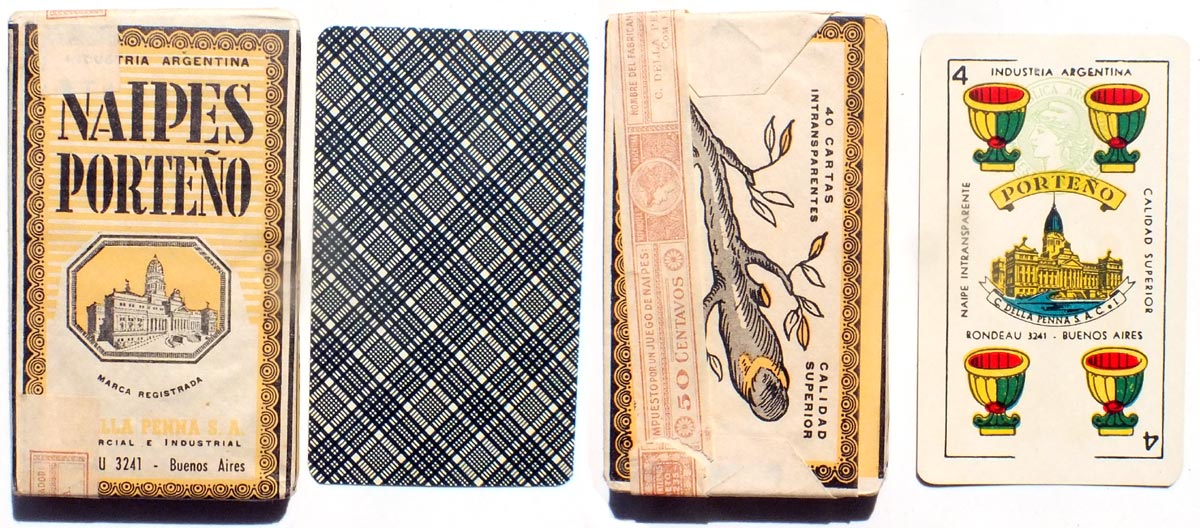
Above: cards from standard edition of Naipes Porteño by C. Della Penna S.A.C.I., c.1956. The four of cups shows the "Marianne" tax stamp.
By Simon Wintle
Spain • Member since February 01, 1996 • Contact
I am the founder of The World of Playing Cards (est. 1996), a website dedicated to the history, artistry and cultural significance of playing cards and tarot. Over the years I have researched various areas of the subject, acquired and traded collections and contributed as a committee member of the IPCS and graphics editor of The Playing-Card journal. Having lived in Chile, England, Wales, and now Spain, these experiences have shaped my work and passion for playing cards. Amongst my achievements is producing a limited-edition replica of a 17th-century English pack using woodblocks and stencils—a labour of love. Today, the World of Playing Cards is a global collaborative project, with my son Adam serving as the technical driving force behind its development. His innovative efforts have helped shape the site into the thriving hub it is today. You are warmly invited to become a contributor and share your enthusiasm.

Leave a Reply
Your Name
Just nowRelated Articles
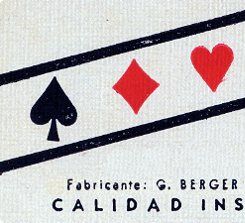
G. Berger, Buenos Aires, c.1935-50
Berger also produced a Hungarian-type "Seasons" pack with the brand name "La Estrella" and a six-poi...
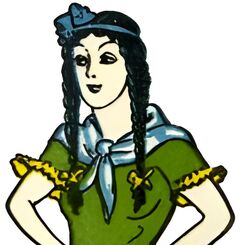
Argentinian Playing Cards - Naipes Argentinos
Playing cards were introduced to the Americas by Spanish explorers in the 16th century.
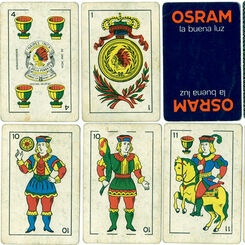
Naipes Inca by C. Della Penna S.A., 1970s
Naipes Inca Spanish-suited playing cards manufactured by C. Della Penna S.A., Buenos Aires, c.1970-7...

Imported Argentinean Playing Cards
There has been a number of importing agents, as well as manufacturers from other countries, who have...
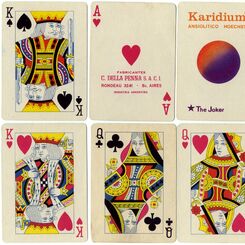
Naipes Inca for Hoechst Karidium
Naipes Inca for Hoechst Karidium by C. Della Penna S.A.C.I., Buenos Aires, c.1973.
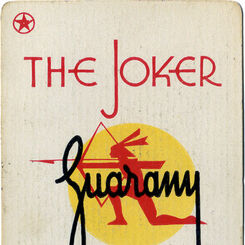
Naipes Guarany, c.1940
Naipes Guarany by C. Della Penna S.A. playing card manufacturer and publisher, Buenos Aires, c.1940....
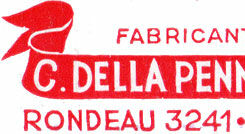
C. Della Penna & Cía, Bs Aires, c.1930-1978
C. Della Penna S.A. playing card manufacturer and publisher, Buenos Aires, c.1930-1978.
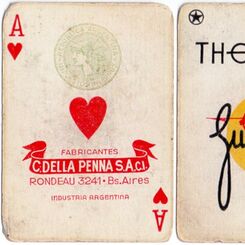
Naipes Guarany, c.1945-64
Naipes Guarany by C. Della Penna S.A.C.I., Buenos Aires, c.1945-64.
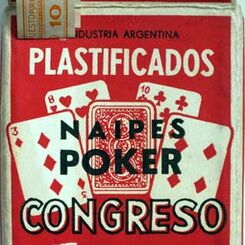
Naipes Congreso by C. Della Penna S.A., c.1966
Naipes Congreso by C. Della Penna S.A. playing card manufacturer and publisher, Buenos Aires, c.1966...
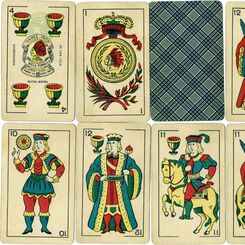
Naipes Inca by Della Penna S.A., c.1965
Naipes Inca Spanish-suited playing cards manufactured by Della Penna S.A., Buenos Aires, c.1965-70. ...

Naipes Inca by C. Della Penna S.A., c.1943-65
Naipes Inca Spanish-suited playing cards by C. Della Penna S.A., Buenos Aires, c.1943-65.
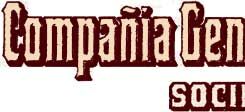
List of Argentinian Playing Card Manufacturers
List of Argentinian Playing Card Manufacturers from the 19th and 20th centuries.
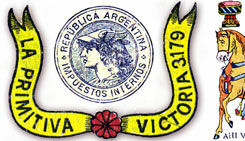
La Primitiva, Victoria 3179, Buenos Aires
La Primitiva, Victoria 3179, Buenos Aires c.1878-1920, manufacturers of paper and playing cards.
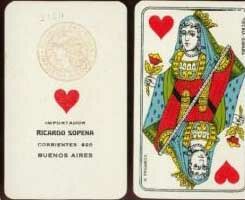
Ricardo Sopena
Argentina importing agent Ricardo Sopena, Corrientes 920, Buenos Aires
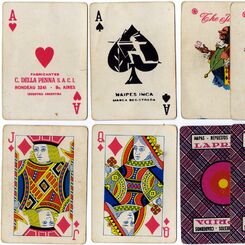
Naipes Inca by C. Della Penna, c.1970
Naipes Inca by C. Della Penna S.A. with advertising for Laprida stationers, c.1970.
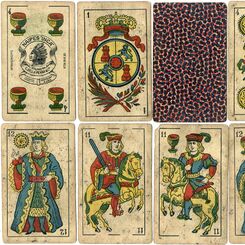
Naipes Inca by C. Della Penna & Cía, Buenos Aires, c.1930
The edition on this page shows the company name as C. Della Penna & Cía, along with an early version...
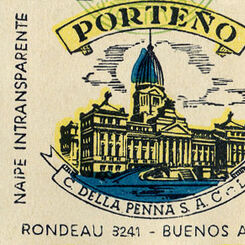
Naipes Porteño by C. Della Penna S.A.C.I., Buenos Aires, c.1960
Naipes PORTEÑO Spanish-suited playing cards manufactured by C. Della Penna S.A.C.I., Buenos Aires, c...

Naipes Porteño by C. Della Penna S.A.C.I., c.1960-70
Naipes PORTEÑO Spanish-suited playing cards manufactured by C. Della Penna S.A.C.I., Buenos Aires, c...
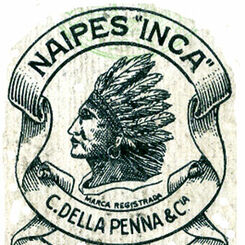
Naipes Inca by C. Della Penna S.A., Buenos Aires, c.1930-78
Naipes Inca was one of Della Penna's leading brands of Spanish-suited playing cards, and was produce...
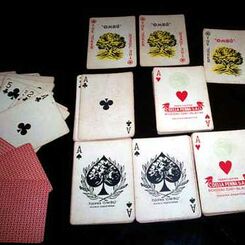
Naipes Ombú
Naipes Ombú by C. Della Penna S.A., Buenos Aires, c.1950.
Most Popular
Our top articles from the past 60 days


 Your comment here. Your comment here. Your comment here. Your comment here. Your comment here. Your comment here. Your comment here. Your comment here. Your comment here. Your comment here. Your comment here. Your comment here. Your comment here. Your comment here. Your comment here. Your comment here. Your comment here. Your comment here. Your comment here. Your comment here. Your comment here. Your comment here. Your comment here. Your comment here. Your comment here. Your comment here. Your comment here. Your comment here. Your comment here. Your comment here. Your comment here. Your comment here.
Your comment here. Your comment here. Your comment here. Your comment here. Your comment here. Your comment here. Your comment here. Your comment here. Your comment here. Your comment here. Your comment here. Your comment here. Your comment here. Your comment here. Your comment here. Your comment here. Your comment here. Your comment here. Your comment here. Your comment here. Your comment here. Your comment here. Your comment here. Your comment here. Your comment here. Your comment here. Your comment here. Your comment here. Your comment here. Your comment here. Your comment here. Your comment here.




















